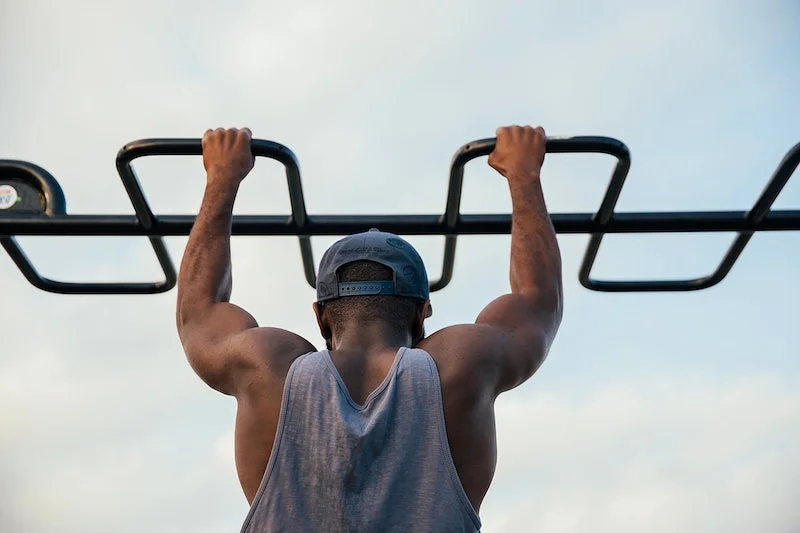
Athletes commonly deal with sprains, strains, tendon injuries, and fractures. Overuse injuries, such as stress fractures or tendinitis, also appear frequently due to repetitive motions in training and competition. Acute injuries may result from sudden impact or improper movement, while chronic issues can develop over time. These injuries affect joints, muscles, and connective tissue, sometimes interfering with long-term performance. Recovery needs vary depending on sport, position, and the demands of the activity. Sports medicine focuses on restoring function and preventing future damage.
How Does Sports Medicine Support Recovery?
Sports medicine teams assess each injury and design targeted recovery plans. These plans typically combine physical therapy, strength training, and sport-specific exercises. Physicians may use imaging and movement analysis to identify the exact cause of pain or instability. Treatment often includes progressive rehabilitation, starting with basic range-of-motion work and advancing to higher-level movements. Recovery also includes strategies to improve joint control and muscular balance. The goal is to return athletes to their sport with reduced risk of reinjury.
Physical therapy is a core element in most recovery programs. Therapists help restore strength, flexibility, and neuromuscular coordination. Early therapy focuses on reducing swelling and regaining mobility, while later phases include drills that simulate in-game movement. Exercises are chosen based on the athlete’s sport and specific injury. By rebuilding muscle control and stamina, therapy supports full recovery and helps prevent compensation injuries. Sports medicine providers often adjust the plan as the athlete progresses.
How Do Specialists Use Technology?
Sports medicine specialists often incorporate advanced tools to support diagnosis and treatment. Motion capture systems track joint movement and identify inefficiencies that may lead to injury. Ultrasound imaging can guide injections or track soft tissue healing.
Some clinics use neuromuscular stimulation to activate weakened muscles during therapy. Wearable sensors allow real-time feedback during training sessions. These tools improve accuracy in care and help tailor interventions to individual needs. Injuries can disrupt more than just physical performance. Many athletes experience stress, frustration, or fear of reinjury during recovery.
Sports med providers often collaborate with psychologists or mental performance coaches. These professionals help athletes manage setbacks, maintain motivation, and regain confidence. Visualization techniques, goal setting, and stress reduction practices are commonly used. Addressing the mental side of recovery supports a smoother transition back to competition.
How Do Athletes Prevent Reinjury?
Prevention strategies are a key part of sports medicine. Conditioning programs focus on correcting movement patterns and strengthening weak areas. Education plays a role as well—athletes learn proper form, warm-up techniques, and recovery habits. Some use bracing or taping for added joint support during return-to-play phases. Regular screenings help detect early signs of overuse or instability. Ongoing collaboration between athletes, trainers, and physicians reduces reinjury risk.
Seek Expert Care
Athletes should consult a sports medicine provider if pain, swelling, or limited movement affects their performance. Prompt evaluation can lead to quicker diagnosis and a more focused recovery plan. Whether the injury is new or lingering, early treatment often leads to better long-term outcomes. Sports med offers a wide range of services designed to help athletes recover stronger and return to their sport with confidence. Schedule a visit to create a care plan that supports both healing and performance.



